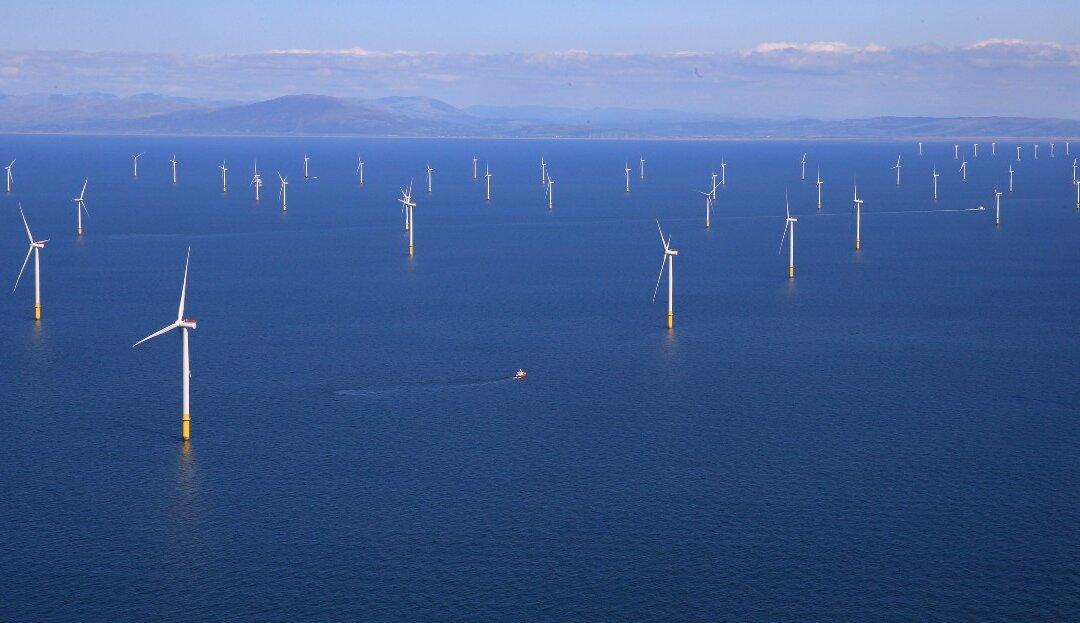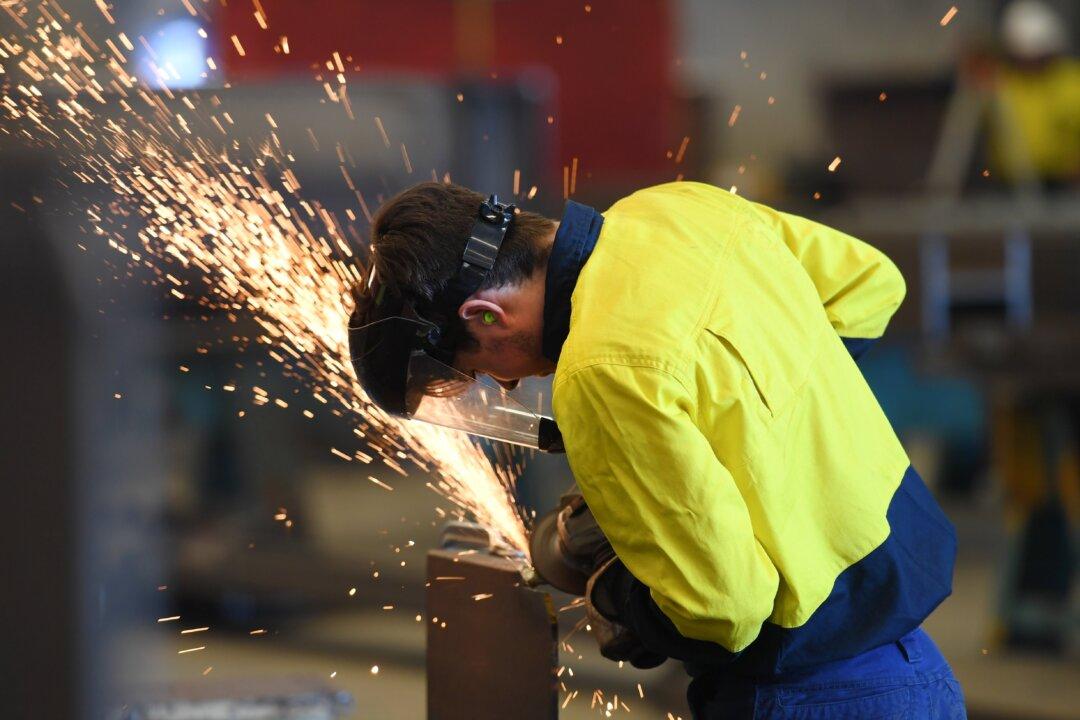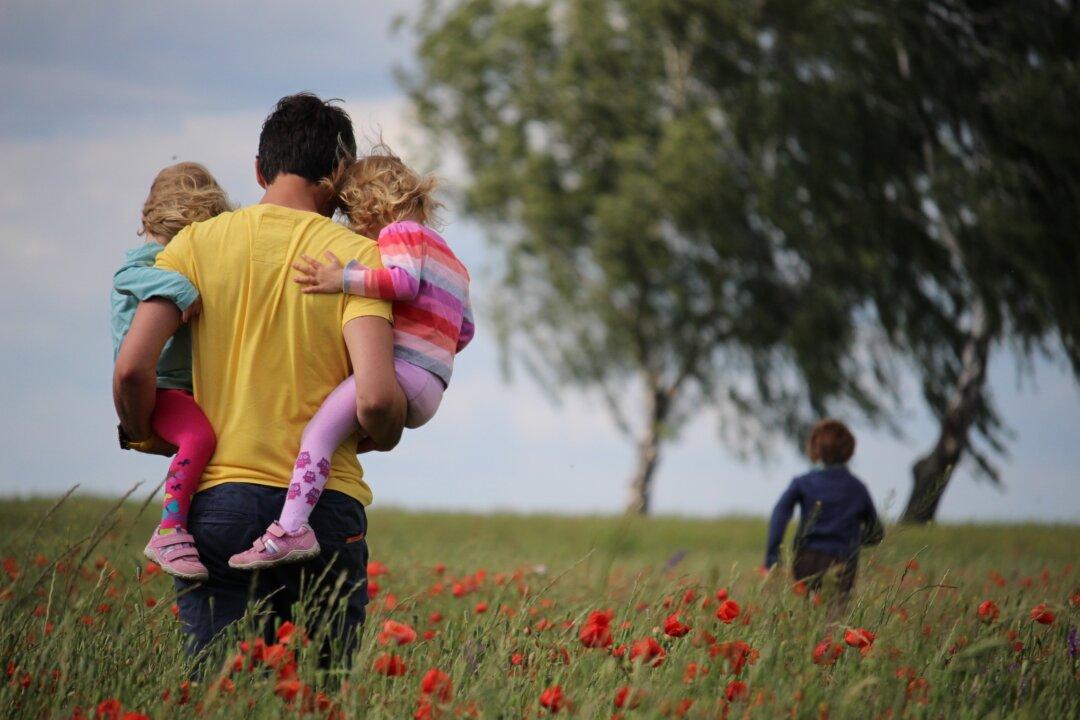A federal proposal to build wind turbines off the coast of New South Wales (NSW) will decimate the lobster industry and impact the migratory patterns of marine life such as whales, a veteran lobster farmer has revealed.
Mark Horne, a lobster farmer with over 20 years of industry experience, said the government’s proposed wind farm area, which covers 1,500 square kilometres and is located just 10 kilometres off the coast of NSW in the Illawarra region, will be an “environmental catastrophe,” particularly to marine life.





